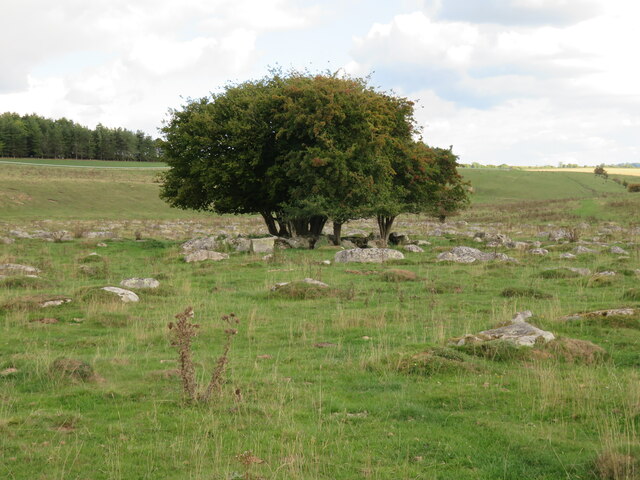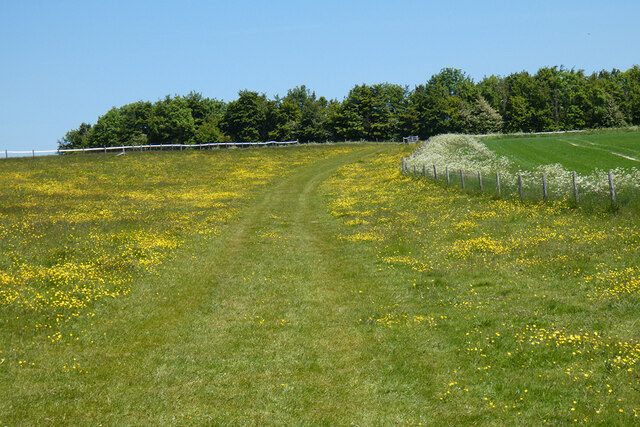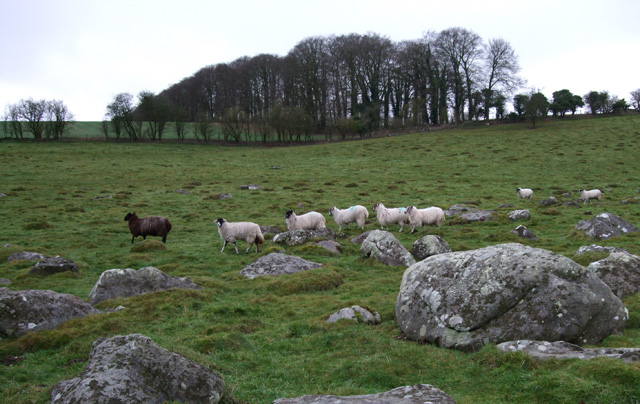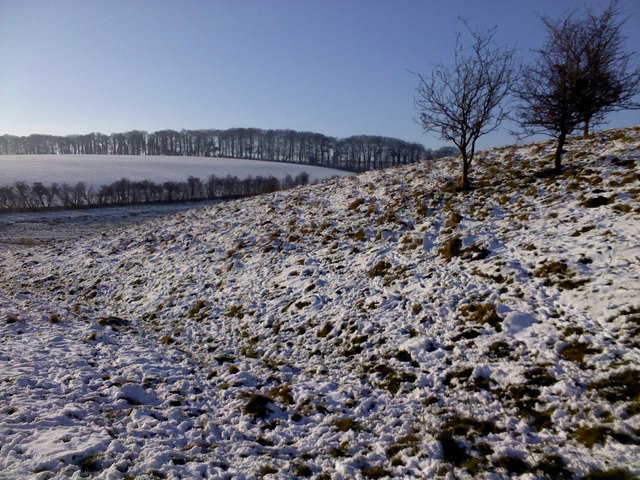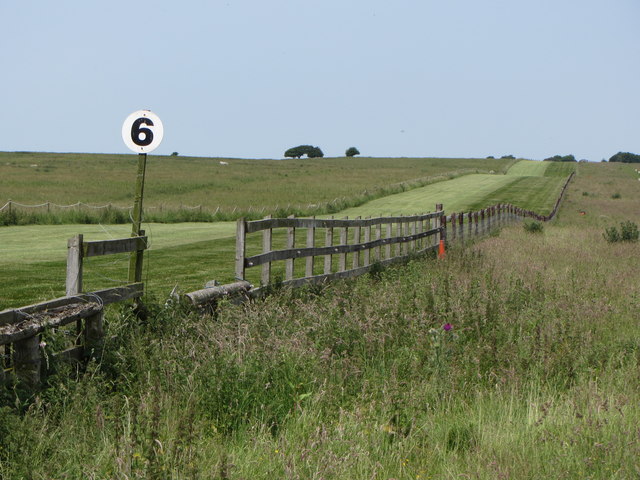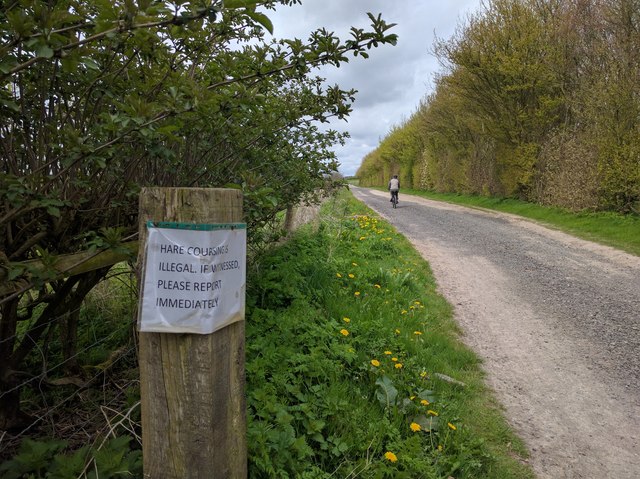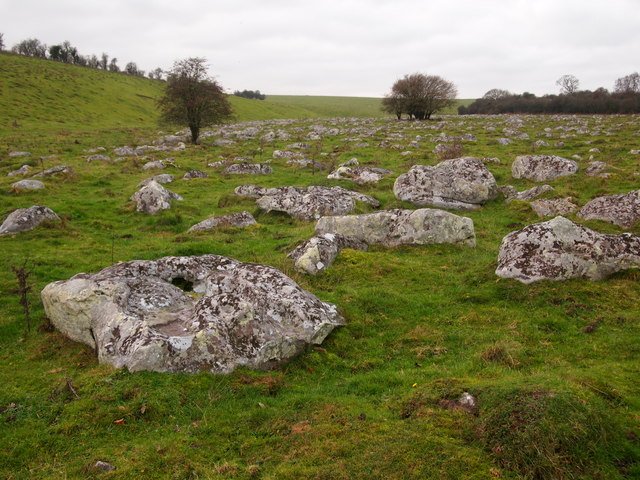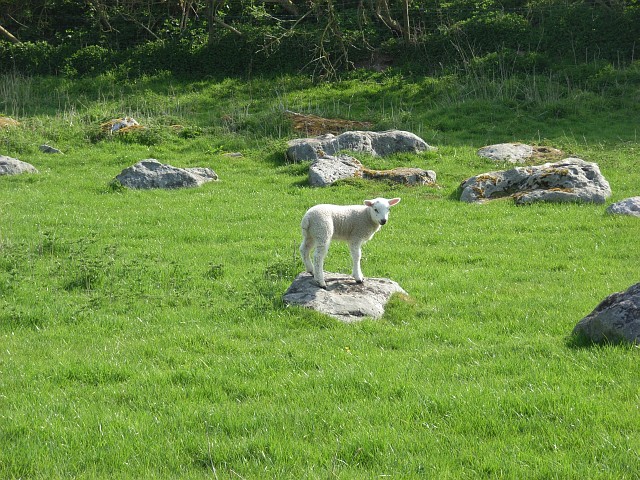Fyfield
Civil Parish in Wiltshire
England
Fyfield
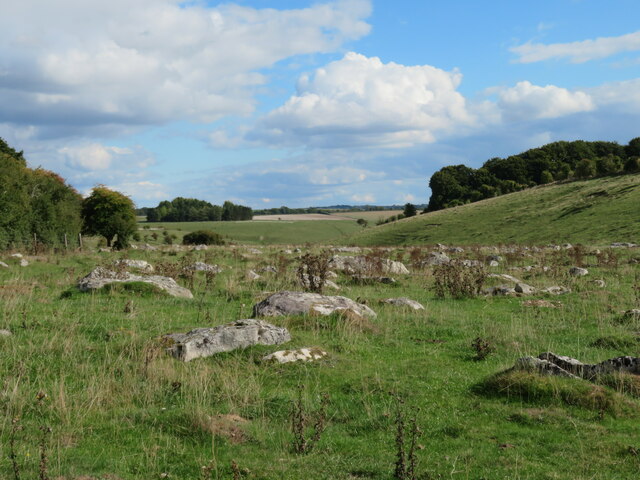
Fyfield is a civil parish located in the county of Wiltshire, England. Situated approximately 5 miles southeast of the town of Marlborough, Fyfield covers an area of around 6 square miles. The parish is primarily rural, characterized by rolling hills, farmland, and scattered residential properties.
The village of Fyfield itself is small, with a population of around 300 people. It features a charming collection of traditional stone cottages and houses, along with a few amenities such as a pub and a village hall. The area has a strong sense of community, with regular events and activities organized by local residents.
A notable feature of Fyfield is the presence of several ancient monuments and historical sites. The most prominent is the Fyfield Down Nature Reserve, an important archaeological site that includes a Neolithic long barrow and numerous Bronze Age burial mounds. This attracts visitors interested in the area's rich history and offers opportunities for hiking and exploring the beautiful countryside.
The parish is well-connected to neighboring towns and cities via road, with the A346 running through the area, providing easy access to Marlborough, Swindon, and beyond. Fyfield offers a peaceful and idyllic rural lifestyle, making it an attractive place to live for those seeking a tranquil setting within easy reach of more urban amenities.
If you have any feedback on the listing, please let us know in the comments section below.
Fyfield Images
Images are sourced within 2km of 51.418527/-1.786787 or Grid Reference SU1468. Thanks to Geograph Open Source API. All images are credited.

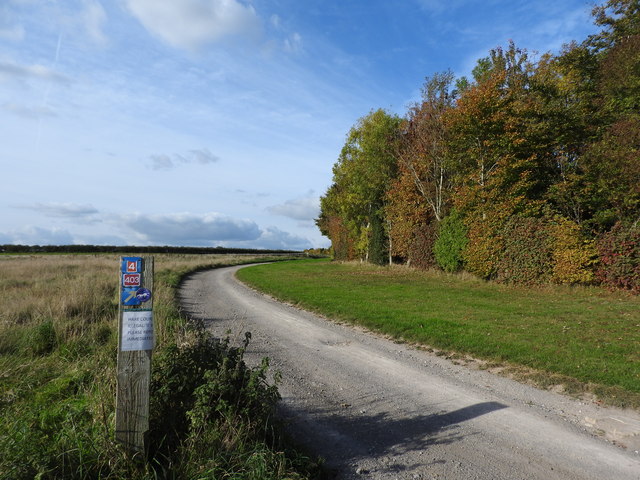
![From East Kennet to Overton Down and return [59] Seen from the footpath is this view looking south along the horse gallops. West Wood is seen on the skyline.
From East Kennett the walk passes The Sanctuary and, after crossing the A4 road, follows The Ridgeway to Overton Down. A right turn onto Herepath leads to Fyfield Down then footpaths and a bridleway lead back to West Overton village and a minor road runs back to the start. Just over 5½ miles.](https://s3.geograph.org.uk/geophotos/06/55/74/6557443_5c285463.jpg)
![From East Kennet to Overton Down and return [60] This view of part of Fyfield Down is seen from the footpath as it leads from the horse gallops to the corner of the field on the right. Fyfield Down has a great array of sarsen stones - large boulders of hard, silicified sandstone. The down is a National Nature Reserve consisting of 800 acres of undulating, hilly land, underlain by chalk and so supporting a diverse range of wildflowers.
From East Kennett the walk passes The Sanctuary and, after crossing the A4 road, follows The Ridgeway to Overton Down. A right turn onto Herepath leads to Fyfield Down then footpaths and a bridleway lead back to West Overton village and a minor road runs back to the start. Just over 5½ miles.](https://s2.geograph.org.uk/geophotos/06/55/74/6557474_ce87c1f0.jpg)
![From East Kennet to Overton Down and return [61] At this point the footpath crosses a bridleway. This is the bridleway heading towards the southern end of the horse gallops and Down Barn.
From East Kennett the walk passes The Sanctuary and, after crossing the A4 road, follows The Ridgeway to Overton Down. A right turn onto Herepath leads to Fyfield Down then footpaths and a bridleway lead back to West Overton village and a minor road runs back to the start. Just over 5½ miles.](https://s1.geograph.org.uk/geophotos/06/55/74/6557489_6efc9c70.jpg)
![From East Kennet to Overton Down and return [64] The wooden fence to the right is the bottom end of the horse gallops seen at <a href="https://www.geograph.org.uk/photo/6557443">SU1370 : From East Kennet to Overton Down and return [59]</a>. The bridleway continues through the gate towards Down Barn.
From East Kennett the walk passes The Sanctuary and, after crossing the A4 road, follows The Ridgeway to Overton Down. A right turn onto Herepath leads to Fyfield Down then footpaths and a bridleway lead back to West Overton village and a minor road runs back to the start. Just over 5½ miles.](https://s1.geograph.org.uk/geophotos/06/55/86/6558677_1eda856b.jpg)
![From East Kennet to Overton Down and return [65] Seen from the bridleway are the horse gallops. The reverse view is seen at <a href="https://www.geograph.org.uk/photo/6557443">SU1370 : From East Kennet to Overton Down and return [59]</a>.
From East Kennett the walk passes The Sanctuary and, after crossing the A4 road, follows The Ridgeway to Overton Down. A right turn onto Herepath leads to Fyfield Down then footpaths and a bridleway lead back to West Overton village and a minor road runs back to the start. Just over 5½ miles.](https://s1.geograph.org.uk/geophotos/06/55/86/6558681_fda8f55d.jpg)
![From East Kennet to Overton Down and return [66] The bridleway follows the field edge towards Down Barn which is hidden from view in the dip. Harestone Down and All Cannings Down are in the far distance.
From East Kennett the walk passes The Sanctuary and, after crossing the A4 road, follows The Ridgeway to Overton Down. A right turn onto Herepath leads to Fyfield Down then footpaths and a bridleway lead back to West Overton village and a minor road runs back to the start. Just over 5½ miles.](https://s0.geograph.org.uk/geophotos/06/55/86/6558684_879f4f9f.jpg)

Fyfield is located at Grid Ref: SU1468 (Lat: 51.418527, Lng: -1.786787)
Unitary Authority: Wiltshire
Police Authority: Wiltshire
What 3 Words
///clogging.chins.rumble. Near Fyfield, Wiltshire
Nearby Locations
Related Wikis
Fyfield (near Marlborough)
Fyfield is a village and civil parish in the English county of Wiltshire, in the Kennet Valley about 2.5 miles (4.0 km) west of Marlborough. The village...
Piggledene
Piggledene (grid reference SU141689) is a 4.7 hectare biological and geological Site of Special Scientific Interest in Wiltshire, notified in 1965. Since...
The Devil's Den
The Devil's Den or Devil's Den is a dolmen burial chamber on Fyfield Hill near Marlborough, Wiltshire, England. The chamber is part of a neolithic passage...
Lockeridge
Lockeridge is a village in Wiltshire, England. It lies at the edge of the West Woods in the Kennet Valley, 2.9 miles (4.7 km) west of Marlborough, 3.1...
Nearby Amenities
Located within 500m of 51.418527,-1.786787Have you been to Fyfield?
Leave your review of Fyfield below (or comments, questions and feedback).
